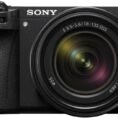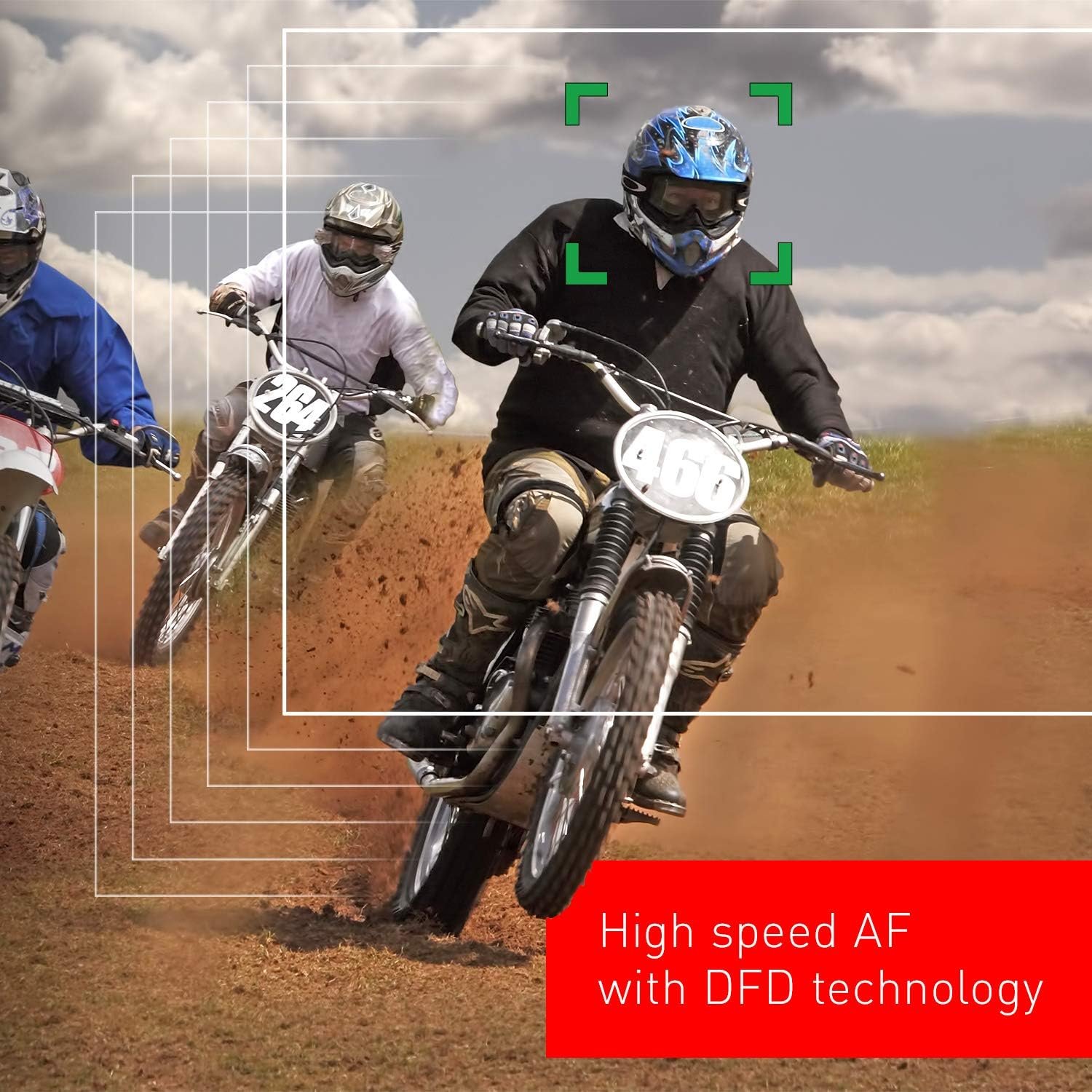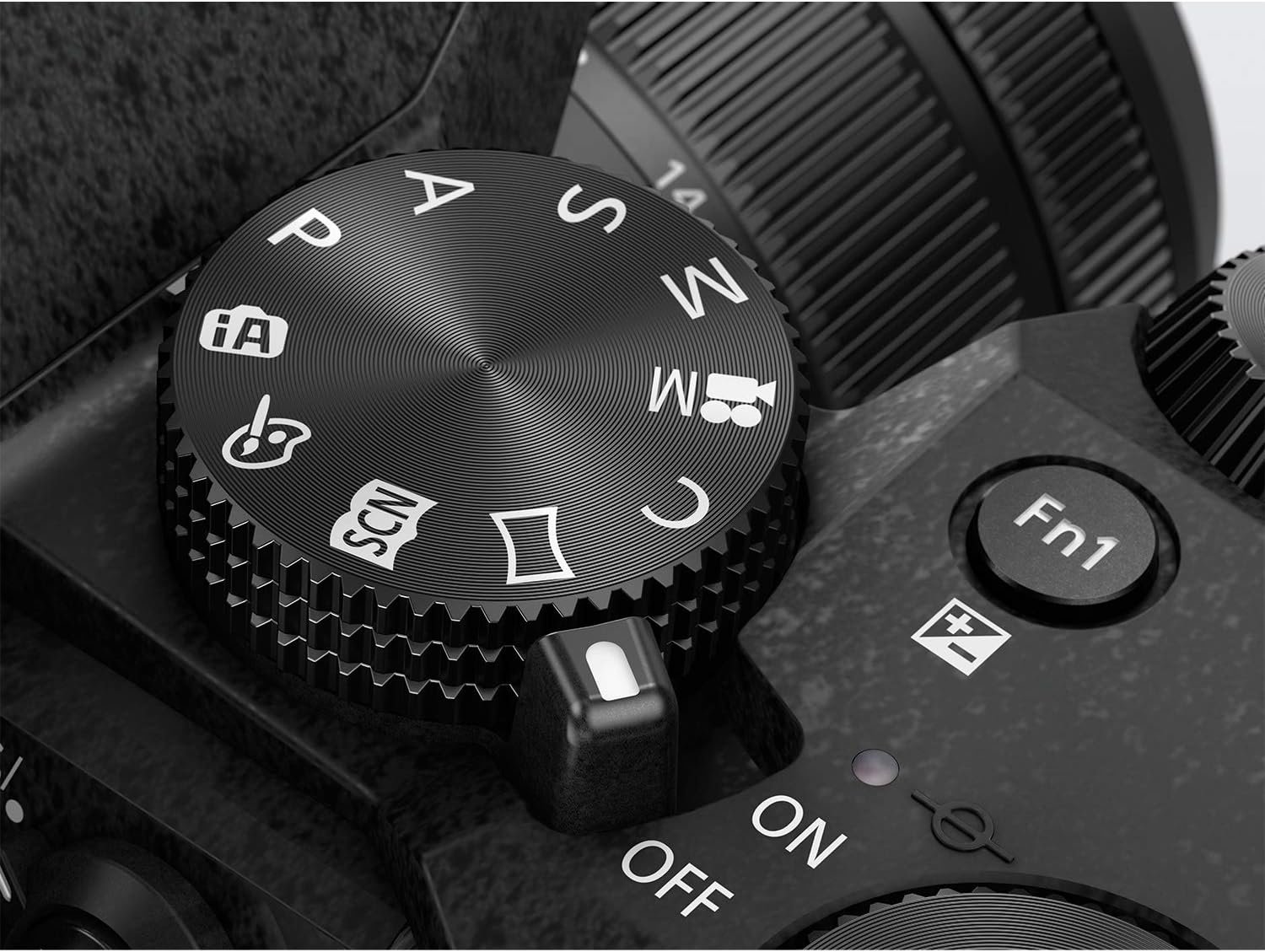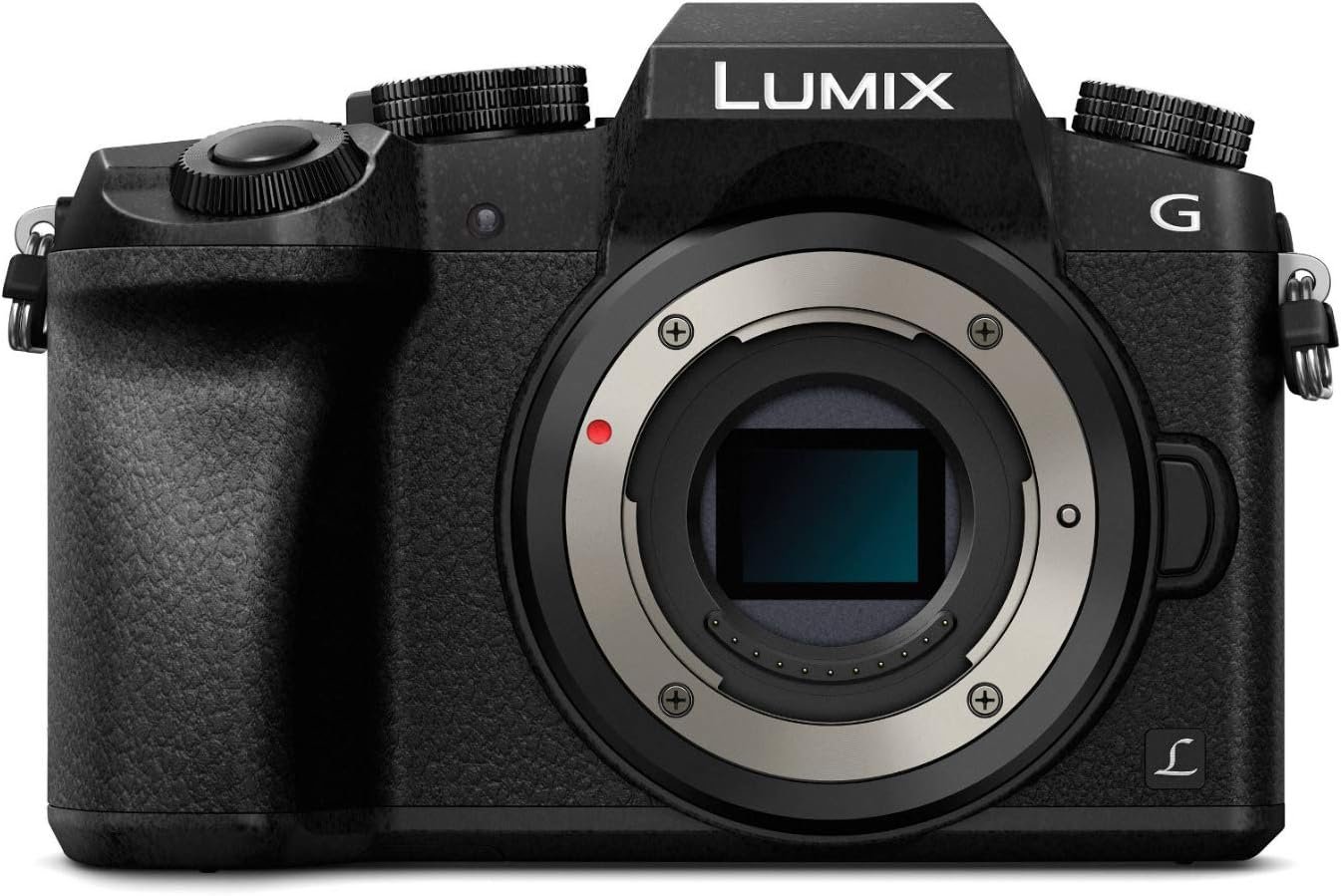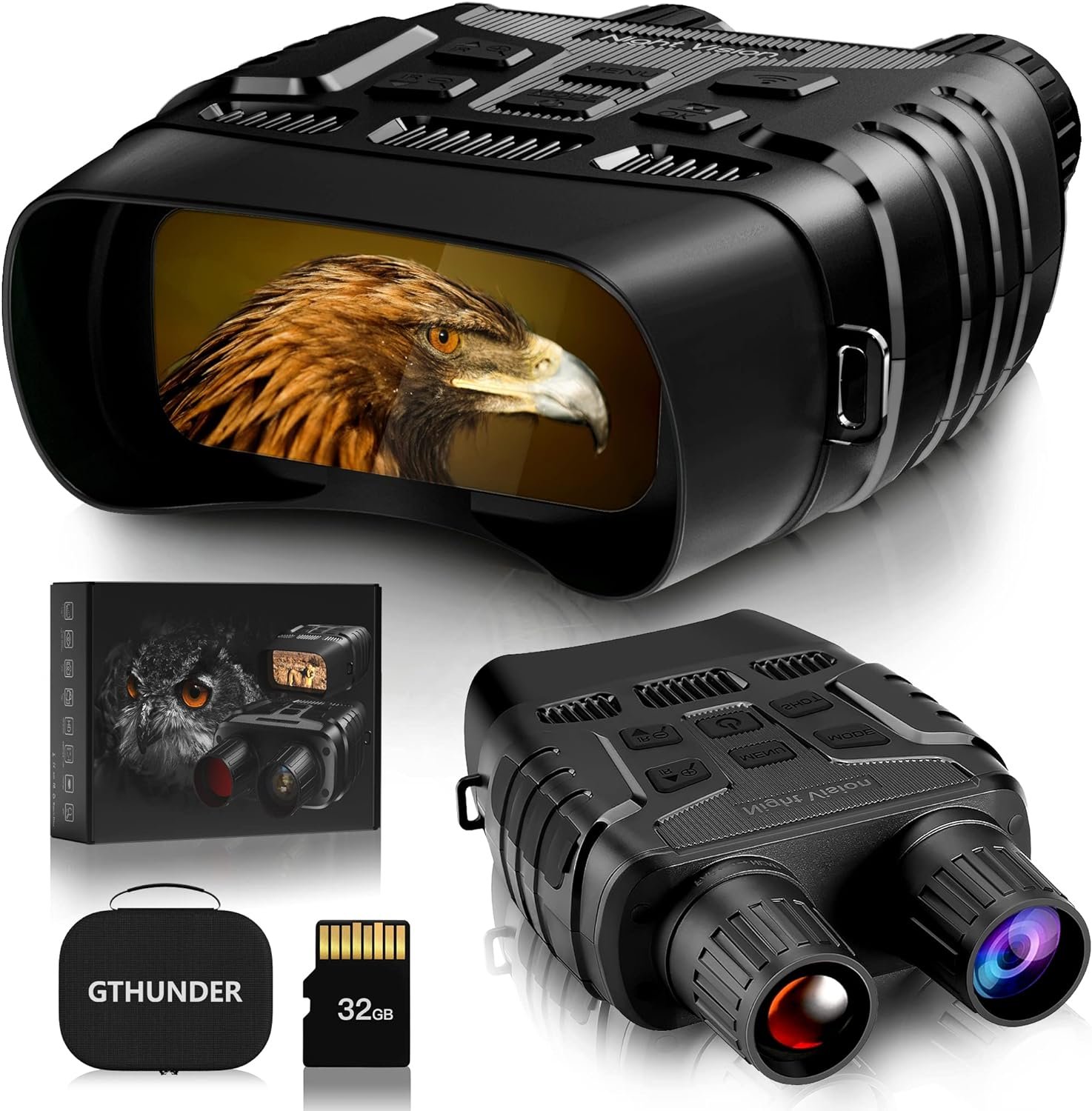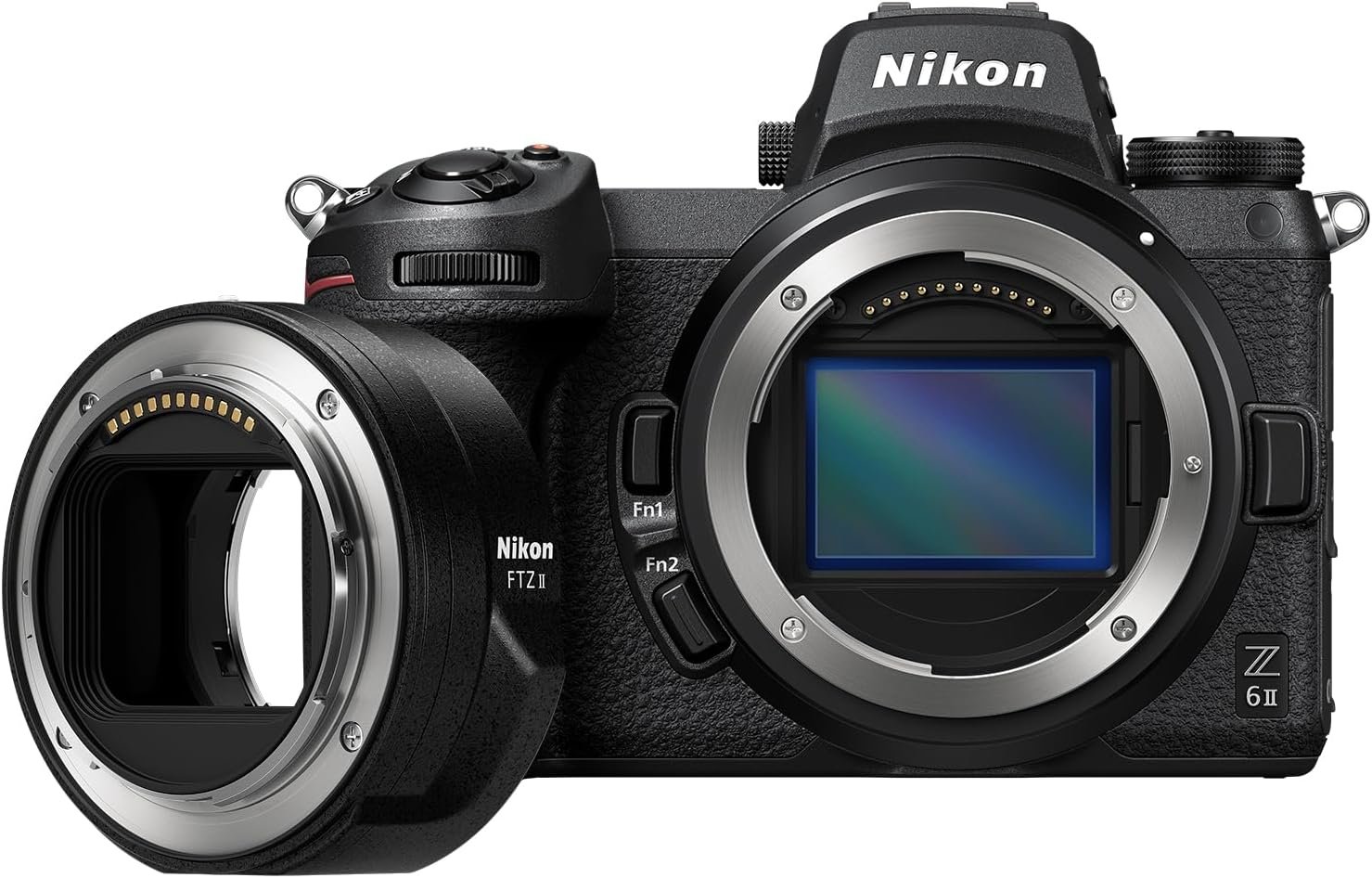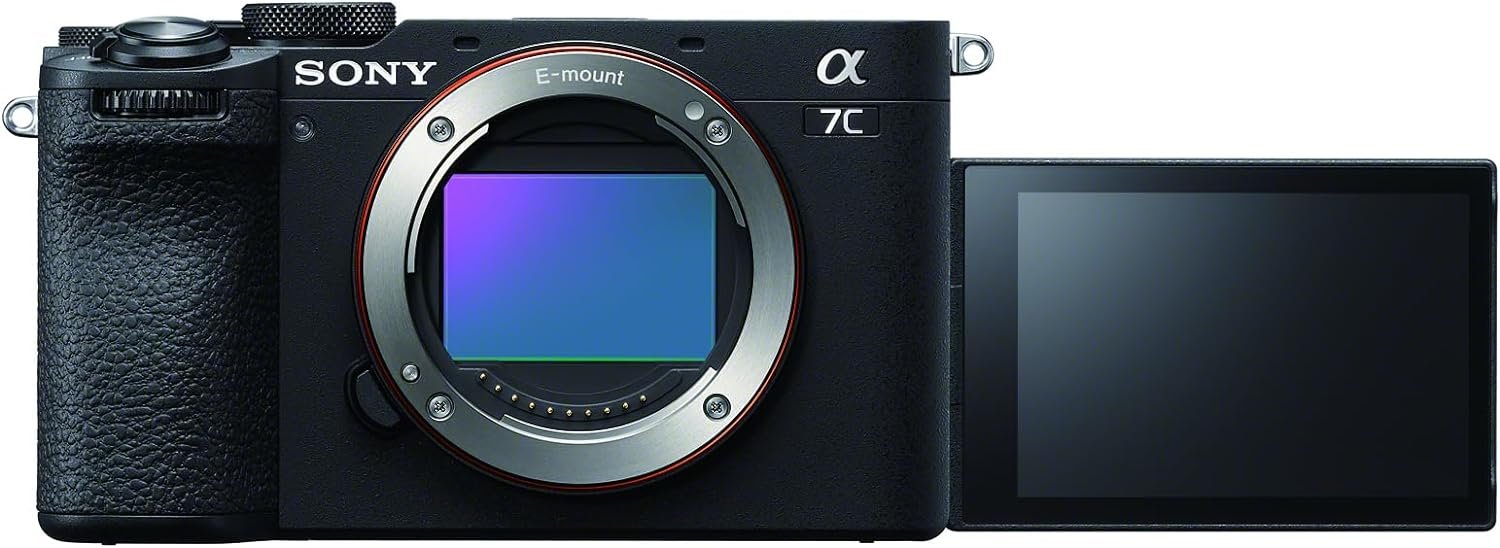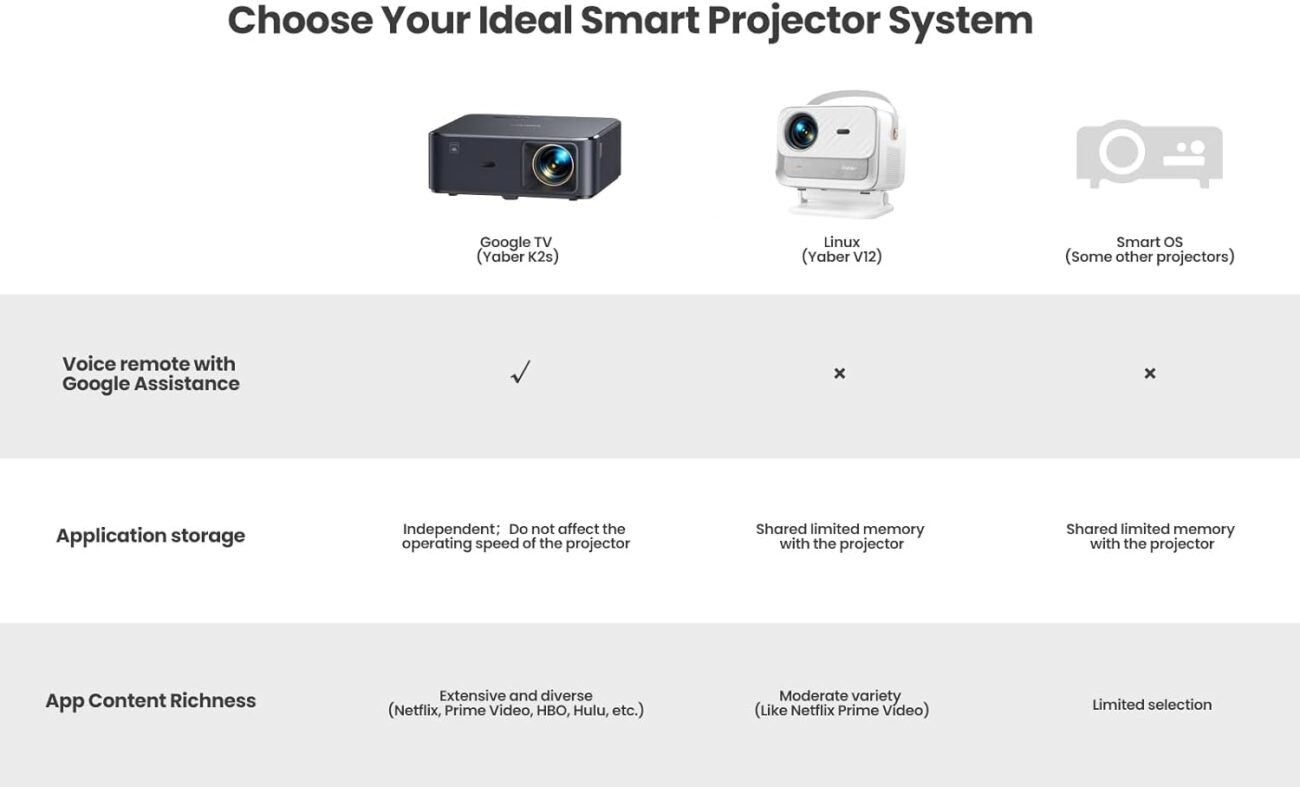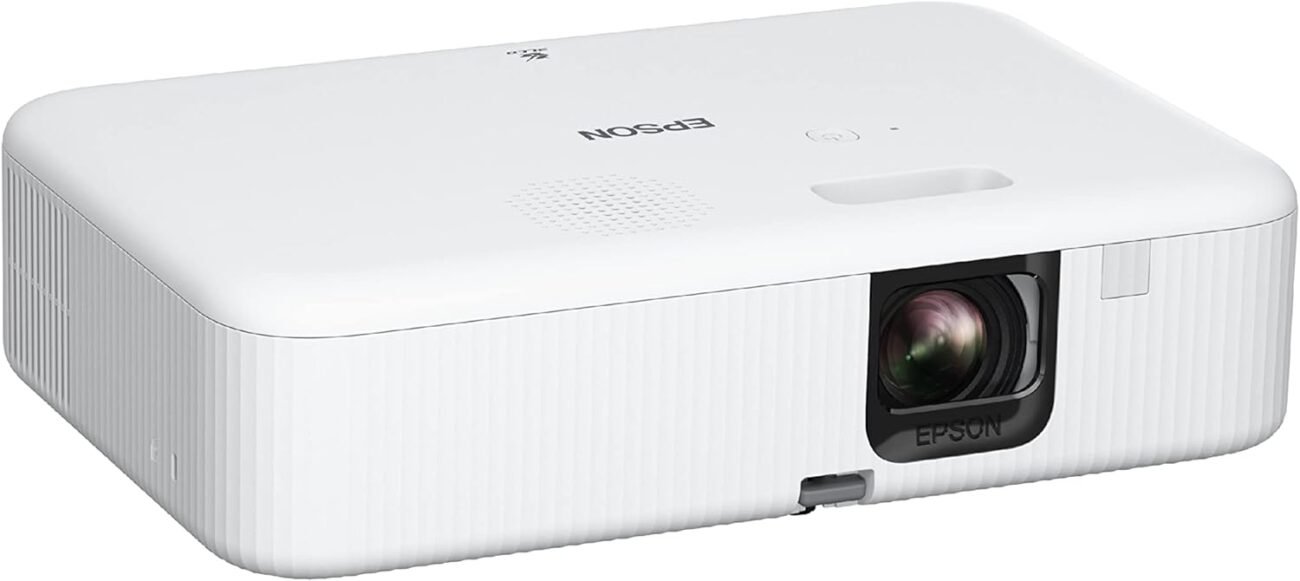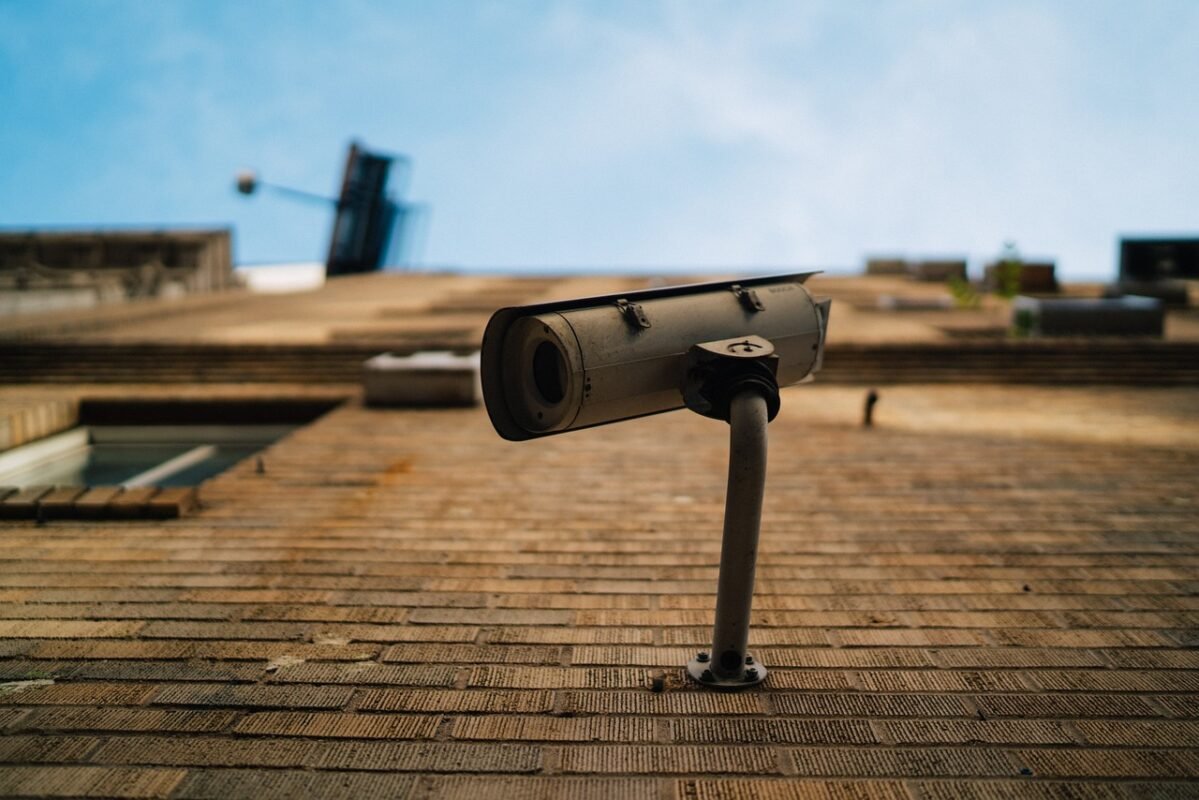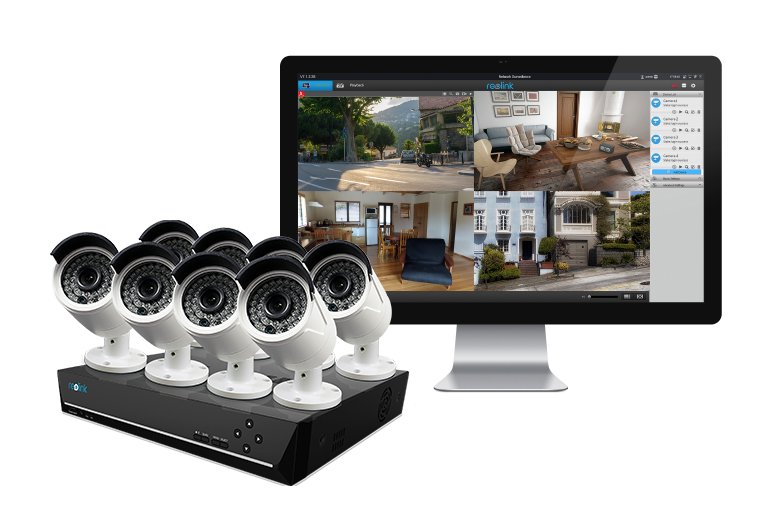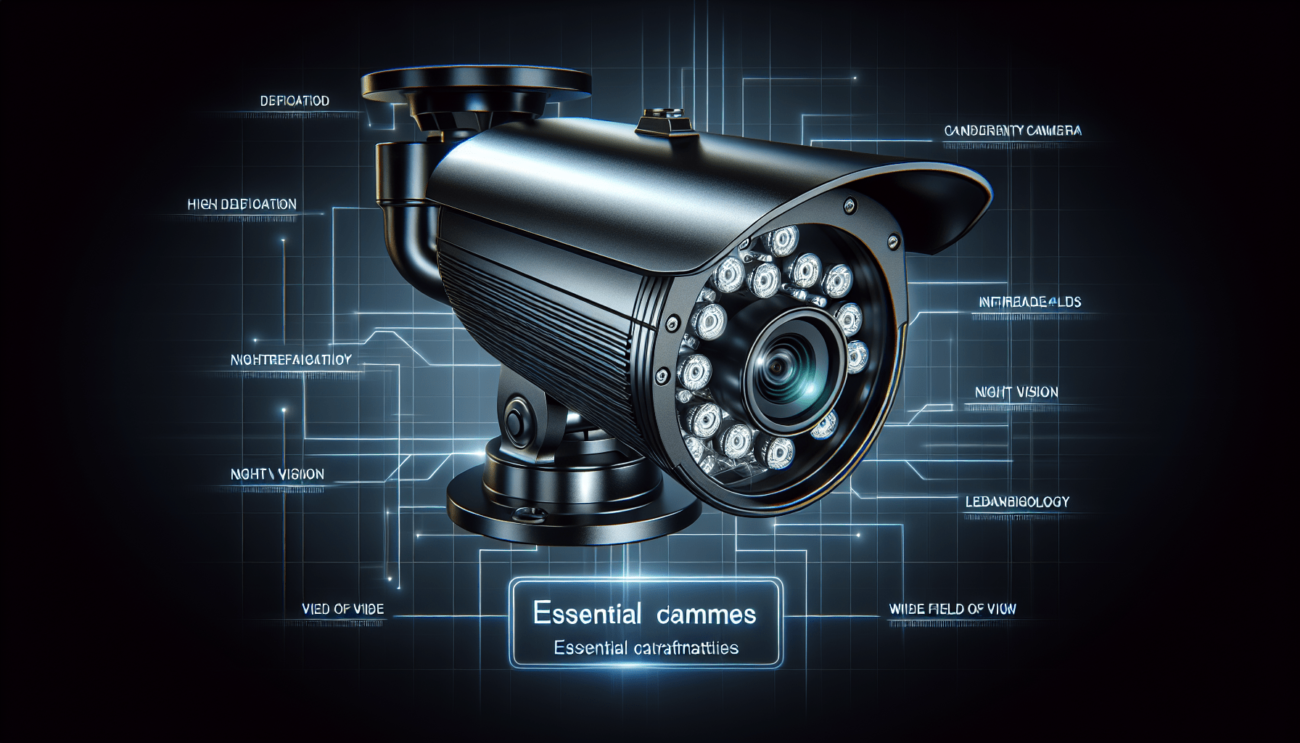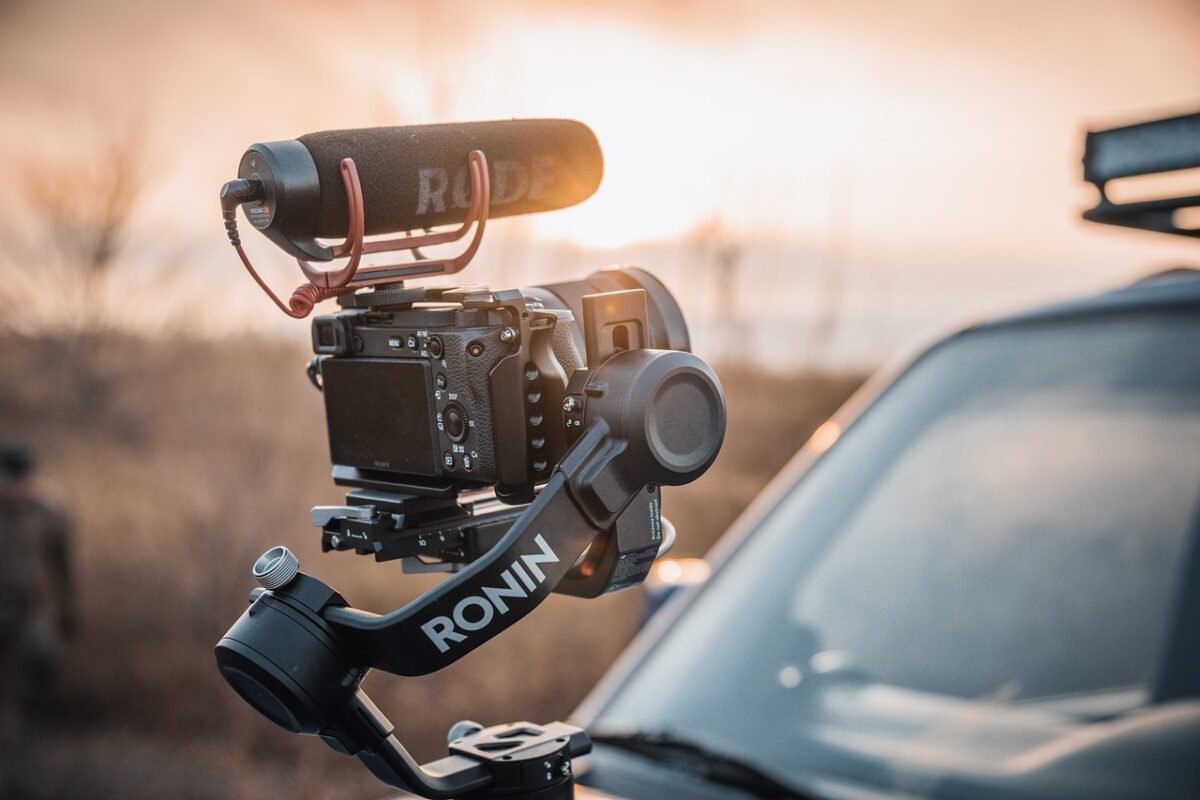Welcome to this informative article that will explain how autofocus works in cameras. Have you ever wondered how your camera is able to automatically adjust and focus on your subject? Autofocus is a feature in cameras that uses various sensors and algorithms to quickly and accurately focus on a subject, ensuring that your photos are crisp and clear. Let’s delve into the fascinating world of autofocus and discover how it enhances your photography experience. How Does Autofocus Work In Cameras?
Have you ever wondered how your camera is able to automatically focus on a subject when you’re taking a photo? Autofocus is a remarkable technology that has revolutionized the way we capture images. In this article, we’ll take a deep dive into how autofocus works in cameras, so you can better understand this essential feature.
Understanding Autofocus: An Overview
Autofocus is a feature in cameras that allows the lens to automatically focus on the subject you’re capturing, ensuring that the image is sharp and clear. This is particularly useful when you’re shooting fast-moving subjects or in low-light conditions, where manual focusing can be challenging.
The Evolution of Autofocus Technology
Autofocus technology has come a long way since its inception. In the early days of photography, manual focusing was the only option available, requiring photographers to adjust the focus ring on their lenses to achieve sharp images. However, with advancements in technology, autofocus systems were developed to streamline the focusing process and make it more accurate and efficient.
Types of Autofocus Systems
There are several types of autofocus systems commonly used in cameras today, each with its own unique mechanism for achieving focus. These include:
- Contrast Detection Autofocus (CDAF)
- Phase Detection Autofocus (PDAF)
- Hybrid Autofocus Systems
Each of these systems works in a slightly different way, but they all serve the same purpose of ensuring that your images are in focus.
How Does Contrast Detection Autofocus (CDAF) Work?
Contrast Detection Autofocus (CDAF) is the most basic type of autofocus system, commonly found in point-and-shoot cameras and smartphone cameras. CDAF works by analyzing the contrast of the image to determine the optimal focus point.
How CDAF Functions
When you half-press the shutter button on your camera, the autofocus system in CDAF mode will adjust the focus by moving the lens back and forth until it finds the point of highest contrast in the image. Once the maximum contrast is detected, the camera knows that the subject is in focus.
Pros and Cons of CDAF
Pros:
- Accurate in well-lit conditions
- Works well for stationary subjects
Cons:
- Slow in low-light conditions
- Less effective for fast-moving subjects

This image is property of pixabay.com.
How Does Phase Detection Autofocus (PDAF) Work?
Phase Detection Autofocus (PDAF) is a more advanced autofocus system commonly found in DSLR cameras and mirrorless cameras. PDAF works by splitting the incoming light into two separate paths, allowing the camera to determine if the lens is front-focused or back-focused.
How PDAF Functions
In PDAF mode, the camera uses a phase detection sensor to analyze the incoming light and determine if the image is in focus or not. Once the camera detects that the image is out of focus, it sends a signal to the lens to adjust its position until the image is sharp.
Pros and Cons of PDAF
Pros:
- Fast and accurate focusing
- Ideal for tracking moving subjects
Cons:
- Can be less accurate in low-light conditions
- More complex and expensive to implement
Hybrid Autofocus Systems: The Best of Both Worlds
Hybrid Autofocus Systems combine the benefits of both CDAF and PDAF technologies to provide faster and more accurate focusing capabilities. These systems are commonly found in newer mirrorless cameras and high-end DSLRs, offering the best of both worlds when it comes to autofocus performance.
How Hybrid Autofocus Works
Hybrid Autofocus Systems use a combination of contrast detection and phase detection sensors to quickly and accurately focus on the subject. By analyzing both contrast and phase information simultaneously, these systems can achieve focus more efficiently than using either technology alone.
Pros of Hybrid Autofocus Systems
Pros:
- Fast and accurate focusing in various conditions
- Effective for both stationary and moving subjects

This image is property of pixabay.com.
Understanding Autofocus Points: How Many Do You Need?
Autofocus points are specific areas in the frame where the camera can focus on when capturing an image. The number and placement of autofocus points vary depending on the camera model, with some cameras having a few autofocus points and others having dozens or even hundreds of points.
Single Point AF vs. Multi-Point AF
Single Point AF:
- Allows you to select a specific autofocus point in the frame
- Ideal for precise focusing on a single subject
Multi-Point AF:
- Uses multiple autofocus points to track and focus on moving subjects
- Helpful for capturing action shots or sports photography
The Role of Autofocus Modes: Which One Should You Use?
Autofocus modes allow you to customize how the camera focuses on the subject, depending on your shooting situation. There are several autofocus modes available in cameras, each with its own unique characteristics and use cases.
Common Autofocus Modes
-
Single Autofocus (AF-S):
- Locks focus on a stationary subject
- Ideal for still photography or portraits
-
Continuous Autofocus (AF-C):
- Tracks and maintains focus on a moving subject
- Suitable for sports photography or action shots
-
Automatic Autofocus (AF-A):
- Automatically switches between AF-S and AF-C modes based on the subject’s movement
- Offers flexibility for various shooting scenarios

This image is property of pixabay.com.
Tips for Using Autofocus Effectively
Now that you have a better understanding of how autofocus works in cameras, here are some tips to help you use this feature effectively in your photography:
-
Experiment with Different Autofocus Modes: Try out different autofocus modes to see which one works best for your shooting style and subject matter.
-
Select the Right Autofocus Point: Choose the autofocus point that is closest to your subject to ensure accurate focusing.
-
Use Back Button Autofocus: Assigning autofocus activation to a button on the back of the camera can give you more control over focusing.
-
Pre-focus for Action Shots: Anticipate the movement of your subject and pre-focus your camera to capture the action at the right moment.
Conclusion
Autofocus is an essential feature in modern cameras that has made capturing sharp and clear images easier and more convenient. By understanding how autofocus works, the different types of autofocus systems, and the various autofocus modes available, you can leverage this technology to improve your photography skills and take your images to the next level. Next time you pick up your camera, experiment with different autofocus settings and see how they can enhance your photography experience. Happy shooting!



